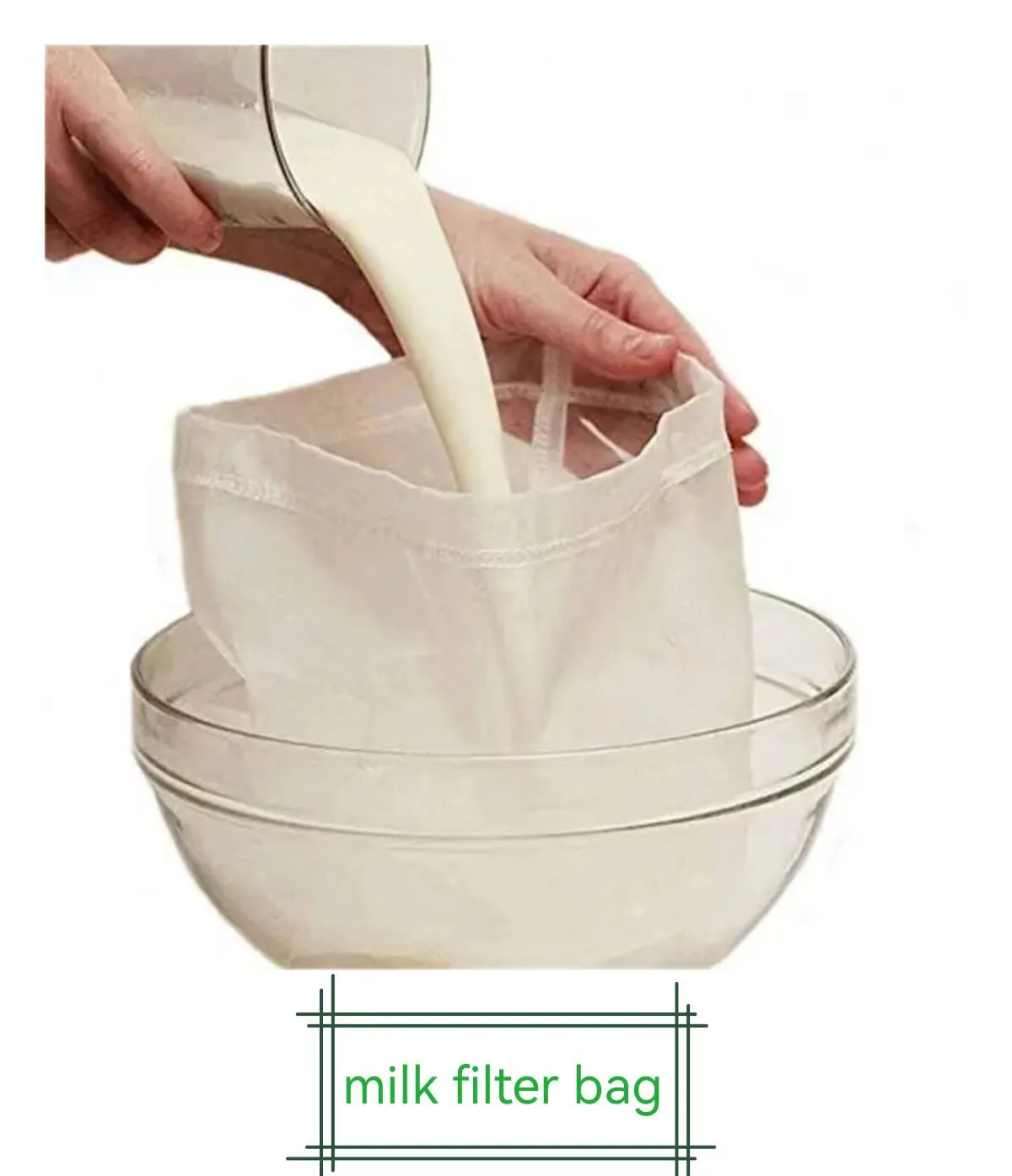-
 Afrikaans
Afrikaans -
 Albanian
Albanian -
 Amharic
Amharic -
 Arabic
Arabic -
 Armenian
Armenian -
 Azerbaijani
Azerbaijani -
 Basque
Basque -
 Belarusian
Belarusian -
 Bengali
Bengali -
 Bosnian
Bosnian -
 Bulgarian
Bulgarian -
 Catalan
Catalan -
 Cebuano
Cebuano -
 China
China -
 Corsican
Corsican -
 Croatian
Croatian -
 Czech
Czech -
 Danish
Danish -
 Dutch
Dutch -
 English
English -
 Esperanto
Esperanto -
 Estonian
Estonian -
 Finnish
Finnish -
 French
French -
 Frisian
Frisian -
 Galician
Galician -
 Georgian
Georgian -
 German
German -
 Greek
Greek -
 Gujarati
Gujarati -
 Haitian Creole
Haitian Creole -
 hausa
hausa -
 hawaiian
hawaiian -
 Hebrew
Hebrew -
 Hindi
Hindi -
 Miao
Miao -
 Hungarian
Hungarian -
 Icelandic
Icelandic -
 igbo
igbo -
 Indonesian
Indonesian -
 irish
irish -
 Italian
Italian -
 Japanese
Japanese -
 Javanese
Javanese -
 Kannada
Kannada -
 kazakh
kazakh -
 Khmer
Khmer -
 Rwandese
Rwandese -
 Korean
Korean -
 Kurdish
Kurdish -
 Kyrgyz
Kyrgyz -
 Lao
Lao -
 Latin
Latin -
 Latvian
Latvian -
 Lithuanian
Lithuanian -
 Luxembourgish
Luxembourgish -
 Macedonian
Macedonian -
 Malgashi
Malgashi -
 Malay
Malay -
 Malayalam
Malayalam -
 Maltese
Maltese -
 Maori
Maori -
 Marathi
Marathi -
 Mongolian
Mongolian -
 Myanmar
Myanmar -
 Nepali
Nepali -
 Norwegian
Norwegian -
 Norwegian
Norwegian -
 Occitan
Occitan -
 Pashto
Pashto -
 Persian
Persian -
 Polish
Polish -
 Portuguese
Portuguese -
 Punjabi
Punjabi -
 Romanian
Romanian -
 Russian
Russian -
 Samoan
Samoan -
 Scottish Gaelic
Scottish Gaelic -
 Serbian
Serbian -
 Sesotho
Sesotho -
 Shona
Shona -
 Sindhi
Sindhi -
 Sinhala
Sinhala -
 Slovak
Slovak -
 Slovenian
Slovenian -
 Somali
Somali -
 Spanish
Spanish -
 Sundanese
Sundanese -
 Swahili
Swahili -
 Swedish
Swedish -
 Tagalog
Tagalog -
 Tajik
Tajik -
 Tamil
Tamil -
 Tatar
Tatar -
 Telugu
Telugu -
 Thai
Thai -
 Turkish
Turkish -
 Turkmen
Turkmen -
 Ukrainian
Ukrainian -
 Urdu
Urdu -
 Uighur
Uighur -
 Uzbek
Uzbek -
 Vietnamese
Vietnamese -
 Welsh
Welsh -
 Bantu
Bantu -
 Yiddish
Yiddish -
 Yoruba
Yoruba -
 Zulu
Zulu
Effective Strategies for Choosing and Installing Wire Livestock Fencing for Optimal Animal Safety
The Importance of Wire Livestock Fencing
When it comes to managing farms and ensuring the safety of livestock, fencing is a crucial element. Among the various types of fencing available, wire livestock fencing stands out for its durability, versatility, and effectiveness. It plays a fundamental role in protecting livestock, maintaining boundaries, and enhancing the overall productivity of agricultural operations.
Durability and Strength
One of the primary advantages of wire livestock fencing is its strength and longevity. Wire fences are typically made from high-tensile steel, which can withstand harsh weather conditions, heavy use, and the natural tendencies of livestock to push against barriers. Unlike wooden posts that may rot over time or degrade due to environmental factors, wire fencing, when properly installed, can last for decades with minimal maintenance.
Security and Containment
The primary purpose of any livestock fence is to keep animals contained. Wire fencing provides a secure barrier that prevents livestock from wandering off and protects them from predators. This is particularly crucial for farmers raising high-value animals such as cattle, sheep, or goats. Effective containment not only ensures the safety of the livestock but also helps prevent potential accidents on roadways, reducing liability and enhancing animal welfare.
Versatility and Customization
Wire livestock fencing comes in various designs and styles, making it adaptable to different types of livestock and farm layouts. The two most common types are barbed wire and woven wire fencing. Barbed wire is often used for cattle and larger animals, providing a strong deterrent against escape. Woven wire fencing, on the other hand, is suitable for smaller livestock such as sheep, goats, and pigs, providing a tighter weave that is more effective at containing smaller animals.
wire livestock fencing

Farmers can customize their fencing not only by choosing the type of wire but also by determining the height and spacing of the wires based on the specific needs of their livestock. This customization ensures that the fencing is both effective and efficient for its intended purpose.
Cost-Effective Solution
In terms of cost, wire fencing is often more economical compared to other types of fencing materials. While the initial investment might vary depending on the quality and type of wire chosen, the long lifespan and low maintenance requirements translate to lower costs over time. Moreover, the installation of wire fencing can be a straightforward process, enabling farmers to save on labor costs commonly associated with other fencing options.
Aesthetic Appeal
While functionality is the primary concern for fencing, aesthetic appeal should not be overlooked. Wire livestock fencing can blend seamlessly into the rural landscape while providing clear visibility. This transparency allows farmers and visitors to observe livestock from a distance, adding an element of beauty to the agricultural environment.
Conclusion
In summary, wire livestock fencing is an indispensable element of modern farming. Its durability, strength, versatility, cost-effectiveness, and visual appeal make it a preferred choice among livestock owners. By investing in high-quality wire fencing, farmers can enhance the security of their livestock, maintain designated boundaries, and ultimately improve the productivity of their agricultural operations. As the farming landscape continues to evolve, reliable fencing remains a foundational component of successful livestock management.
-
Shipping Plastic Bags for Every NeedNewsJul.24,2025
-
Safety Netting: Your Shield in ConstructionNewsJul.24,2025
-
Plastic Mesh Netting for Everyday UseNewsJul.24,2025
-
Nylon Netting for Every UseNewsJul.24,2025
-
Mesh Breeder Box for Fish TanksNewsJul.24,2025
-
Expanded Steel Mesh Offers Durable VersatilityNewsJul.24,2025











